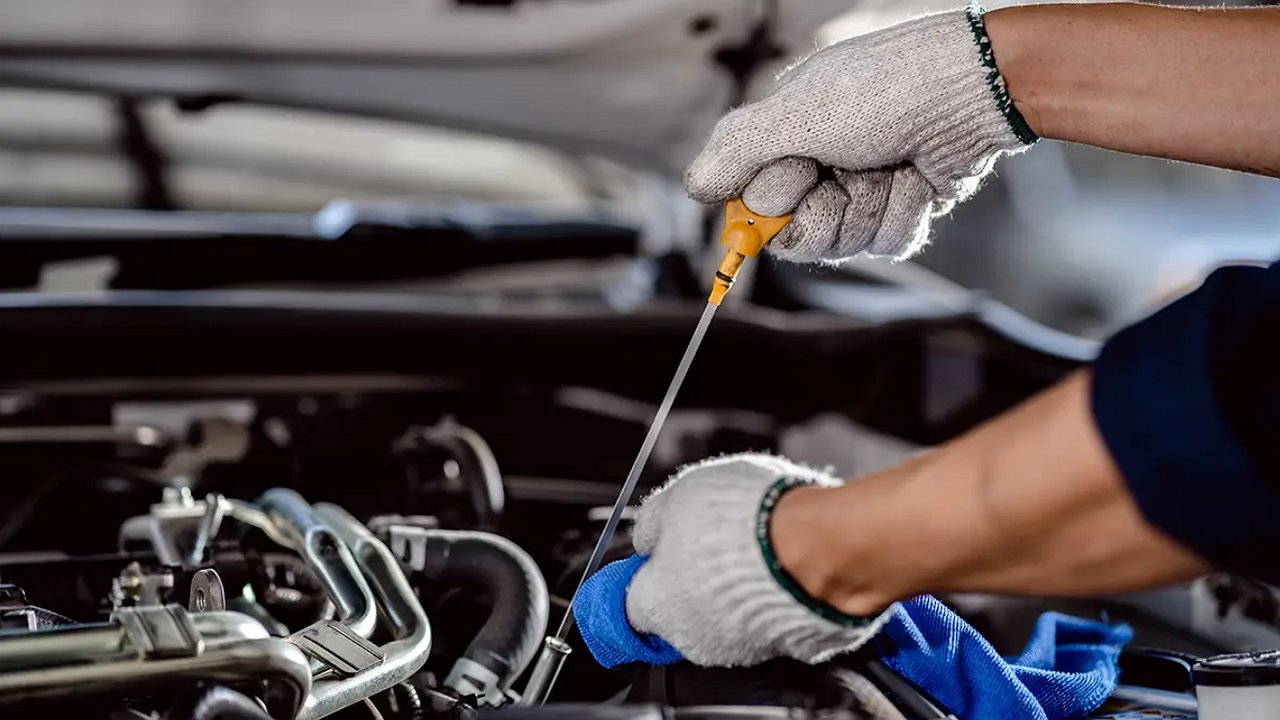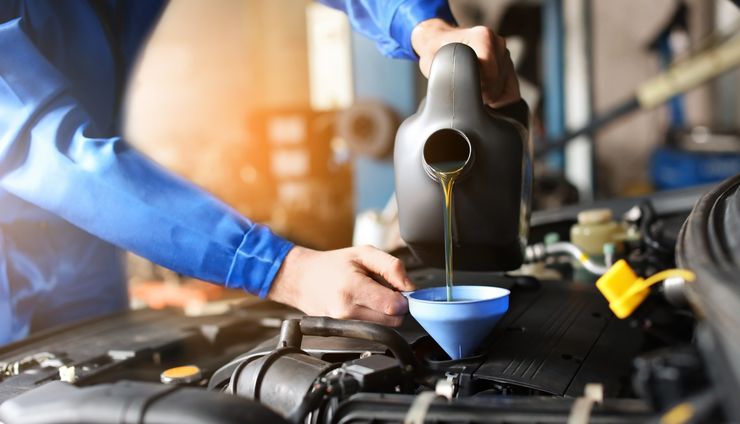Motor oil has a very broad functionality. It not only lubricates moving parts, but is also responsible for cooling, protection against corrosion (as with any “closed circuit”, the engine has condensation), and also for cleaning the engine from carbon deposits. And there it certainly appears, especially if it is not gas that enters the cylinders, but the usual fuel. Some of the dirt settles in the oil filter, but a large part remains in the crankcase, where it can only be removed by the classic replacement method.
A pump with a hose running into the neck of the dipstick picks up the “tops”, but does not touch the roots, the dirt itself, for which, in fact, it is necessary to change the oil. In this way, the driver does his car a disservice: de jure the maintenance has been carried out, but de facto a whole swamp of waste accumulates in the crankcase, comparable in sediment density to solid oil.
The reason for the misunderstanding and, as a result, the incorrect use of the oil change method with a pump lies in a superficial attitude. If you regularly “renew” the lubricant, which is very useful and good for the engine, then you can use a pump. If it happens less often – once every 10-15 thousand km – then you need to drain it through the plug. And sometimes the crankcase needs to be removed for cleaning. So it is not the method itself that is bad, but its incorrect interpretation.














